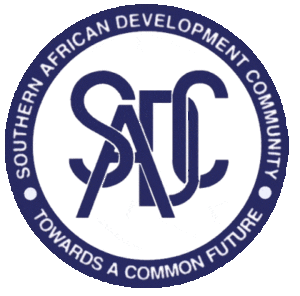A number of priority areas have been identified for implementation this year as southern Africa intensifies efforts to deepen integration for socio-economic development.
The priority areas were adopted by the SADC Council of Ministers, which met during March in Lilongwe, Malawi. The ministers agreed to intensify efforts towards finalizing the review process of the Regional Indicative Strategic Development Plan (RISDP) and consolidation of the SADC Free Trade Area (FTA) launched in 2008. Other key priorities are conclusion of negotiations to establish a single market covering 26 countries in eastern and southern Africa; fast-tracking implementation of the Regional Infrastructure Development Master Plan; strengthening measures to improve food security; and implementation of the HIV and AIDS cross-border initiatives. The current Chairperson of the SADC Council, the Malawian Foreign Affairs Minister Ephraim Chiume, says, “Implementation of the priority areas is critical in promoting regional development, particularly in an era of the weakening global economic outlook.” “The world economy is showing signs of slowing down, and this may have the domino effect on the economies of SADC and that calls on us to find innovative ways of subduing these effects.” A multi-stakeholder task force has been set up to implement recommendations of an independent review of the RISDP that was concluded last year. The task force is expected to propose new priorities, main focal areas, milestones, outputs, targets and timeframes for the remainder of the implementation period of the RISDP; and suggest new policy, strategy, and institutional innovations for the post-2018 period after the development plan comes to an end. The team is expected to prepare a summary of key recommendations and priorities for completion of the RISDP and present these to Council for deliberation and endorsement when the latter meets again in Zimbabwe in August. The review of the 15-year SADC development blueprint that was adopted in 2003, aims to ensure its targets are realistic and in line with regional agreements as well as continental and global dynamics.In addition to fast-tracking the various regional targets and programmes, SADC plans to deepen integration this year by consolidating gains from the FTA and the peace that prevails in the region.
The SADC FTA came into force on 1 January 2008 following implementation of agreed tariff phase-down commitments between 2000 and 2007. From 2008, producers and consumers no longer pay import duty on an estimated 85 percent of all trade in goods between participating member states, which are Botswana, Lesotho, Madagascar, Malawi, Mauritius, Mozambique, Namibia, Seychelles, South Africa, Swaziland, Tanzania, Zambia and Zimbabwe. Two countries, Angola and DRC, have said they will join the FTA later. With regard to engagement with other Regional Economic Communities, the finalization of the tripartite agreement with COMESA and EAC would boost intra-regional trade, by creating a wider market covering 26 countries in eastern and southern Africa. SADC companies will have access to a combined population of approximately 600 million people, spanning from Cape to Cairo. The single market would serve as one of the building blocks of an African Economic Community. The target for COMESA-EAC-SADC is to reach an agreement by June, paving the way for the launch of the grand FTA that will become a new benchmark for deeper regional and continental integration in Africa. Source: sardc.net







